My Skin Is Not a Cure
R150In this novel, the author tries to show the reader how the world’s ignorance on socio-cultural matters can result in most kinds of discrimination: gender, ethnic and religious.
Showing 97–112 of 521 results

In this novel, the author tries to show the reader how the world’s ignorance on socio-cultural matters can result in most kinds of discrimination: gender, ethnic and religious.

Singing was Nala’s favourite thing to do. Sadly, though, she was not allowed to sing while she was beside the river.

Call and Response is a solo exhibition of Compressionist prints, both digital and traditional, performatively produced with Lightworks Studios and at the David Krut Print Workshop, in Johannesburg, South Africa.

Nelson Mandela is one of the most inspiring and iconic figures of our age. Now, after a lifetime of taking pen to paper to record thoughts and events, hardships and victories, he has opened his personal archive, which offers an unprecedented insight into his remarkable life.

“‘Newfoundland’ contains all the elements and facets which originated in the amphitheatre of the classic Greeks such as ritual, confrontations and the exertions of fate, yet allowing the human being freedom of choice.
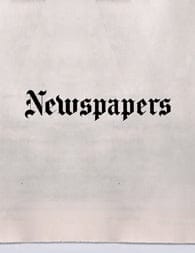
The media as the medium. The medium is the message. These two propositions—the second from Marshall McLuhan—define the principal axes on which South African artist Siemon Allen (born 1971, Durban, South Africa) articulates his archivally-driven yet self-reflexive practice.

Foreword by David Bowie. Norman Catherine is considered to be at the forefront of South African contemporary art with his rough-edged comical and nightmarish forms rendered in brash cartoon colours; his idiosyncratic visions and his dark cynicism and exuberant humour.
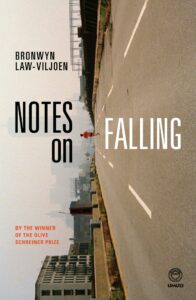 Out of stock
Out of stockNotes on Falling is about the hope that art will challenge perceptions and orthodoxy so that the world can be reinvented through new forms. It is also about trying to reconcile the large pictures of history with the small snapshots of our individual lives.
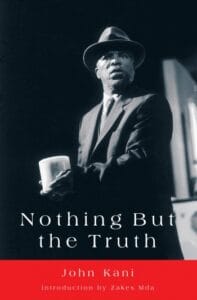
Nothing but the Truth is a story of two brothers, of sibling rivalry, of exile, of memory and reconciliation, of the perplexities of freedom

From the unusual opening poem (conflating birth with a car crash) to its close (an abandoned suitcase representing an entire lifetime), this book weaves its stories backwards and forwards through time and place
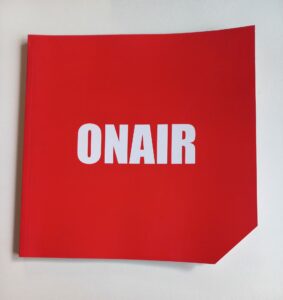
A collaboration with The Trinity Sessions and The Johannesburg Civic Theatre. This compilation explores public artworks in Johannesburg.
 Out of stock
Out of stock“Once Removed is for readers who are familiar with the worlds of art and performance, and those for whom it is completely foreign. A reader doesn’t need to be immersed in the world of artists, critics, exhibitors, gallerists or academics to access the collection, and to enjoy the imbalances, precarity, hilarity, and possibilities represented in it,” explains Mann.

Based on historical fact, it tells the poignant story of a little girl and her Ouma who experience removal from their suburb when it is proclaimed ‘white’ under apartheid’s Group Areas Act.

For the past decade, in an ongoing project titled The Lost Men, renowned artist Paul Emmanuel has challenged conventions around war memorials. He has questioned which soldiers are memorialised and which are erased, and the stereotypes around soldiers and masculinity. Featuring artworks from his three iterations of The Lost Men, Paul Emmanuel Men and Monuments highlights vulnerability, an aspect of masculinity so often denied by history and society.

“Let us, then, set off together on a series of journeys around South Africa with an old kitbag full of books instead of maps to guide us. Let us follow meandering paths through the landscapes of literature, and celebrate how local authors, characters and readers are shaped and inspired by place …”
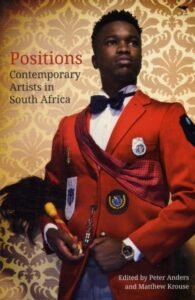 Out of stock
Out of stockRanging from resistance to education, contemporary artists are increasingly raising opposition to economic pressure, radical social change and rapidly changing identities. How does the local contemporary art scene respond to the worldwide dynamics of globalisation? Which social, political and cultural positions do individual artists adopt? This volume presents views of some of South Africa’s most prominent artists, writers, choreographers, photographers and musicians. Produced in direct dialogue with journalists and cultural scientists from the respective art scenes, developments within today’s cultural flashpoints are illuminated in interviews, portraits and essays.
Throughout, the focus is on the artists’ individual perspectives, not theoretical or historical concepts, with their specific approaches and different forms of expression they give insight into the pressing issues of South African society, showing how political art is positioned in the post-apartheid era.
No products in the basket.